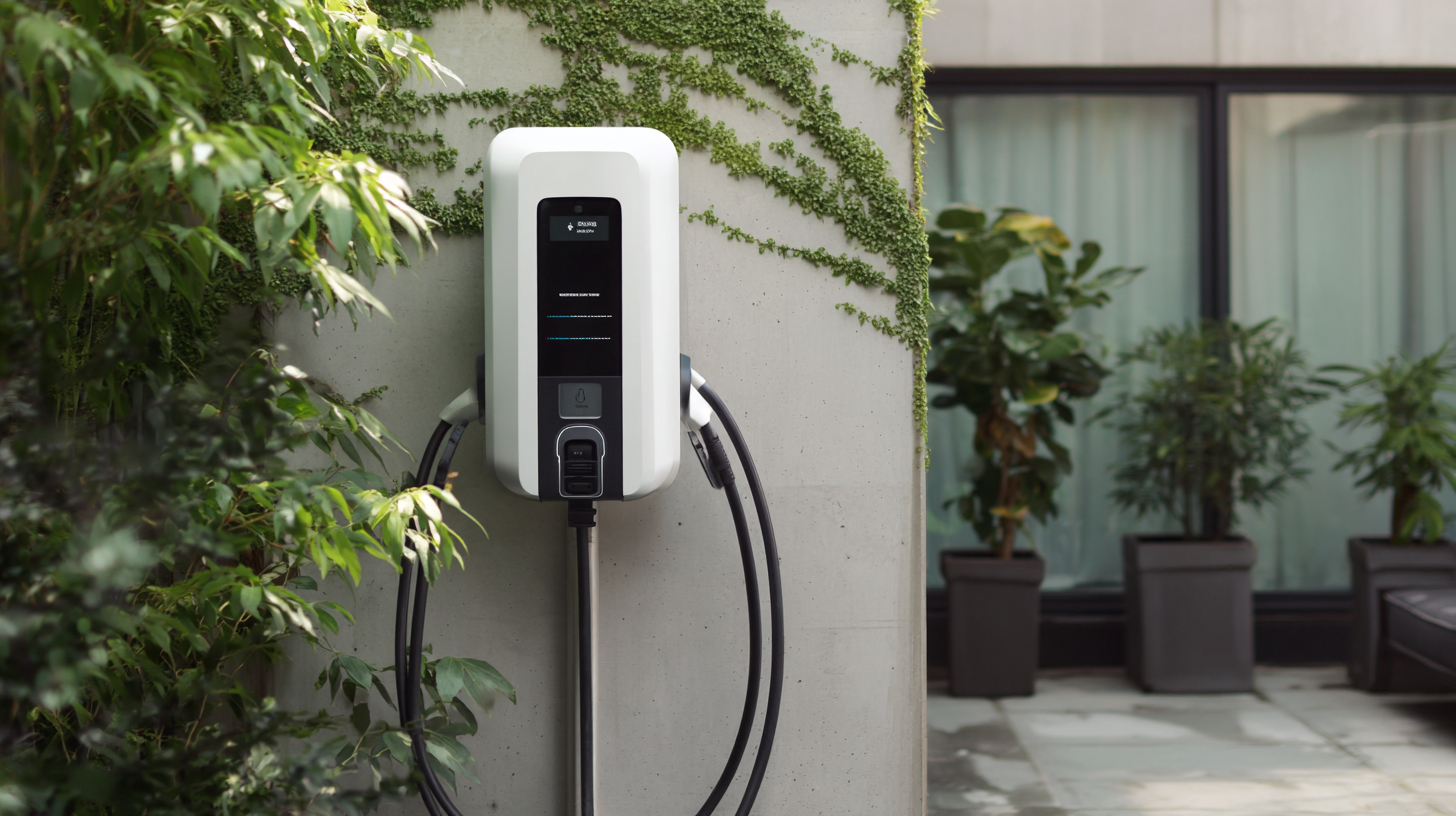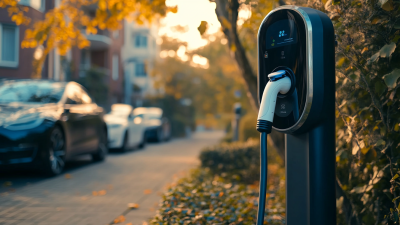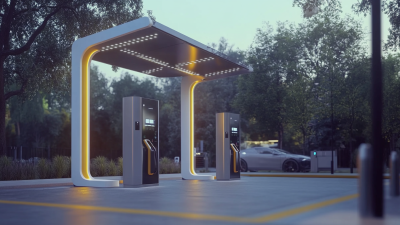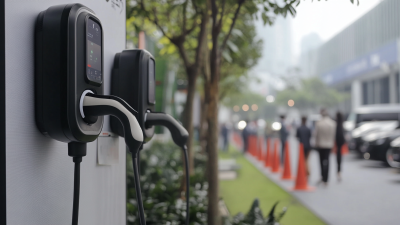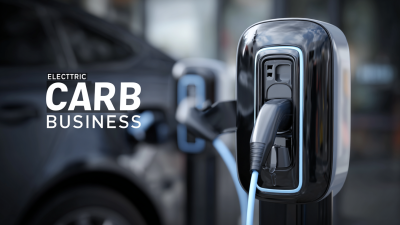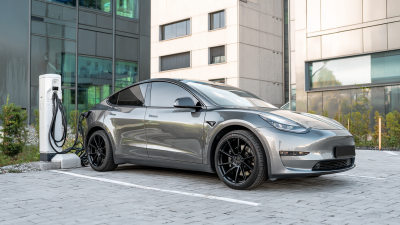As electric vehicles (EVs) continue to gain traction, the demand for efficient charging solutions is on the rise, particularly for Outdoor Electric Car Chargers. According to a report by the International Energy Agency (IEA), the number of electric cars on the road is expected to reach 145 million by 2030, significantly increasing the need for accessible charging infrastructure. Additionally, the U.S. Department of Energy suggests that nearly 80% of EV owners charge their vehicles at home, emphasizing the importance of outdoor charging options for residential use.
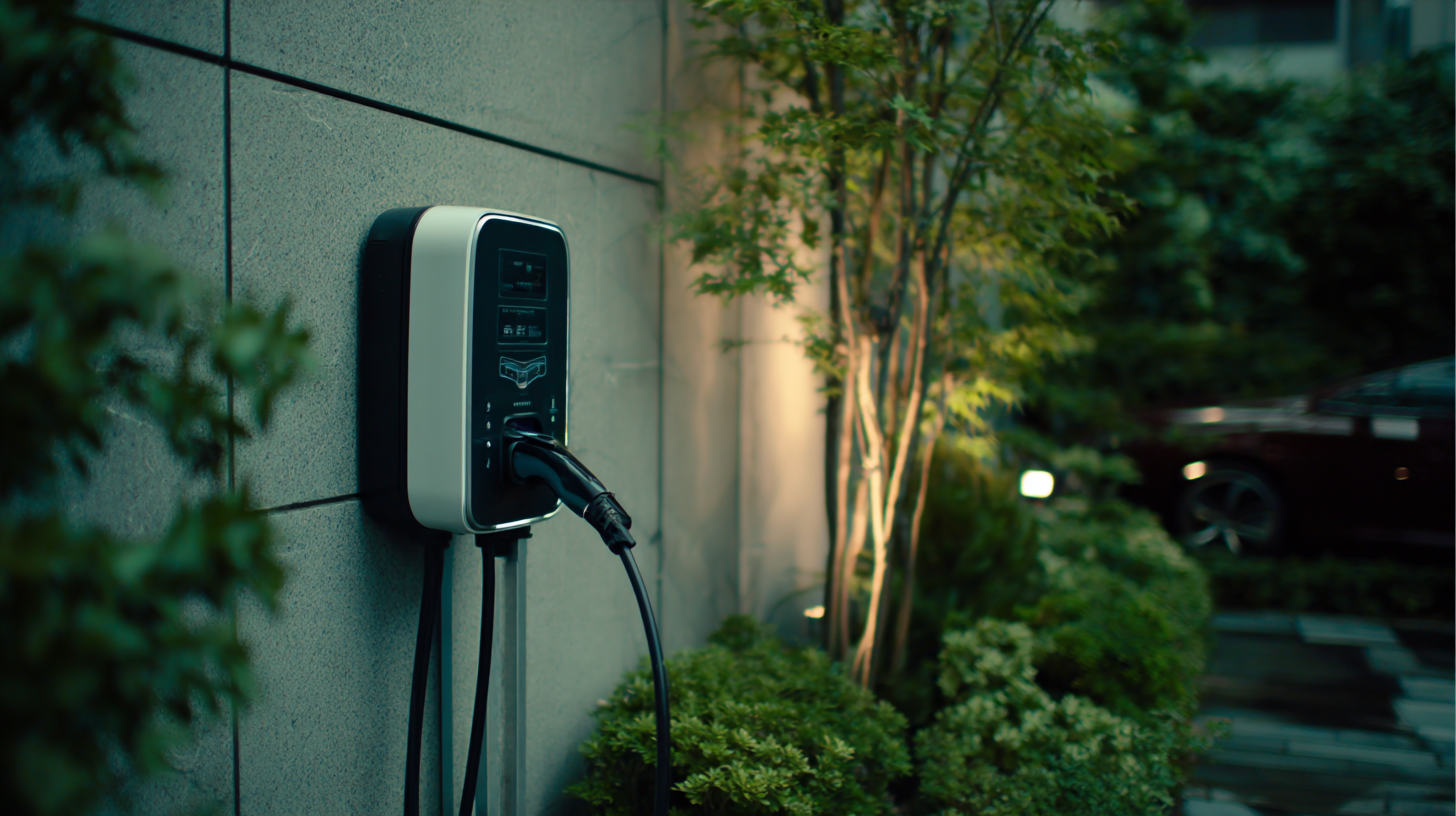
With advancements in technology and the growing trend towards sustainable transportation, understanding the features, installation requirements, and benefits of outdoor electric car chargers is essential for both new and existing EV owners. In this blog, we will guide you through everything you need to know about selecting and using outdoor electric car chargers efficiently.
When it comes to outdoor electric car chargers, understanding the different types is crucial for selecting the right one for your needs. Level 1 chargers are the most basic option, typically using a standard household outlet. They are cost-effective and easy to install, but they charge your vehicle slowly, making them ideal for overnight charging or locations where the car will be parked for extended periods.
On the other hand, Level 2 chargers offer a significant upgrade in charging speed and efficiency. These require a dedicated circuit and a more complex installation but can fully charge most electric vehicles in just a few hours. Homeowners who frequently use their electric cars can benefit from a Level 2 charger, especially if they need to recharge during the day.
**Tips**: When installing an outdoor charger, make sure it's weatherproof and has the appropriate safety certifications. Additionally, consider the location carefully to ensure easy access to your vehicle while protecting the charger from potential damage. Regular maintenance checks will also keep your unit running efficiently and safely.
This chart compares different types of outdoor electric car chargers based on their charging speed measured in miles per hour. Level 1 chargers offer the slowest charging speed, followed by Level 2 chargers, and DC Fast chargers provide the fastest charging speed, making them ideal for quick top-ups on the go.
When selecting an outdoor electric car charger, several key features can significantly enhance your charging experience. One of the most crucial aspects is the charger's weatherproof rating; it’s essential for outdoor models to have an IP67 rating or higher, ensuring they can withstand harsh weather conditions. According to a 2022 report by the International Energy Agency, over 15% of electric vehicle (EV) owners cite outdoor installations as a priority, emphasizing the need for durable solutions that can endure elements like rain, snow, and extreme temperatures.
Another critical factor is charging speed. Many outdoor chargers support Level 2 charging, which can deliver up to 240 volts and typically add about 25 miles of range per hour of charging. A study from BloombergNEF noted that the demand for faster charging solutions has been rising, with a forecasted growth of Level 2 chargers by 30% annually through 2025. Additionally, smart charging capabilities, such as Wi-Fi connectivity and mobile app integration, are increasingly important features. These allow users to monitor their charging status in real-time and manage energy consumption effectively, which is a necessity as home charging accounts for nearly 80% of all EV charging, according to the U.S. Department of Energy.
When setting up an outdoor electric car charger, the installation process is crucial to ensure safety and efficiency. According to the U.S. Department of Energy, over 80% of electric vehicle charging occurs at home, making a properly installed outdoor charger essential for daily convenience. Begin by assessing your garage or driveway layout to determine the optimal location for the charger, ensuring it is close to your vehicle's parking spot, yet away from potential weather damages.
**Tips: Make sure to check local regulations about installation permits; some areas may require inspections or specific guidelines when setting up an outdoor charger.**
Next, consider the electrical capacity of your home. A Level 2 charger, which provides faster charging, typically requires a 240-volt outlet. It’s advisable to consult with a licensed electrician to evaluate your home's electrical system and to install a dedicated circuit if necessary. Industry reports from the Electric Power Research Institute indicate that properly installed Level 2 chargers can increase charging efficiency by up to 60%.
**Tips: Keep in mind that using a professionally installed outdoor electric car charger not only enhances safety but can also extend the longevity of your vehicle's battery.**
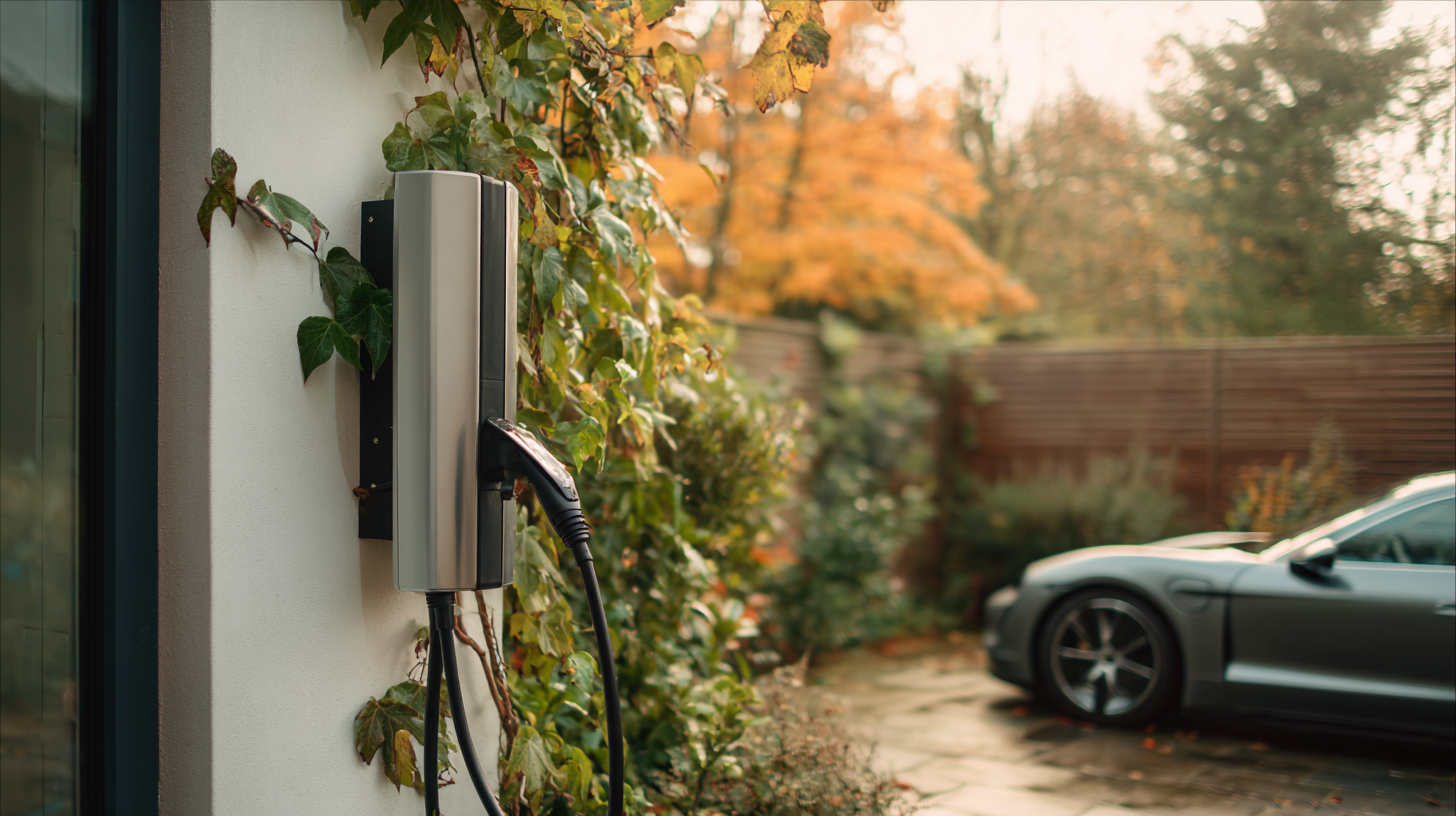
When it comes to outdoor electric car chargers, maintaining them properly is essential for maximizing their lifespan and efficiency. According to a 2021 report by the International Energy Agency, the global stock of electric cars reached 10 million, highlighting the increasing demand for reliable charging infrastructure. Regular maintenance of outdoor chargers can significantly prolong their service life, ensuring that they continue to perform optimally.
One of the key maintenance tips is to regularly clean the charging connectors and ports. Dust, dirt, and moisture can lead to corrosion and electrical problems. The National Renewable Energy Laboratory suggests that regular inspections, at least every six months, can identify potential issues like wear and tear that could affect the functionality of the charger. Moreover, ensuring that the charger is sheltered from extreme weather conditions—using protective covers or installing it in a less exposed area—can reduce the risk of damage from heavy rain, snow, or intense sunlight, which can degrade components over time.
Additionally, keeping the software of your outdoor electric car charger up to date is crucial. Many modern chargers come with smart technology that can provide updates and enhancements for better performance. The U.S. Department of Energy recommends checking firmware updates periodically, as these not only improve the charger’s functionality but may also include critical security patches that protect against cyber threats. By focusing on these maintenance strategies, users can extend the life of their outdoor chargers, leading to cost savings and enhanced convenience.
| Aspect | Recommendation | Frequency | Notes |
|---|---|---|---|
| Visual Inspection | Check for wear, cracks, or exposed wiring | Monthly | Ensure safety and performance |
| Cleaning | Remove dirt, dust, and debris from the unit | Every 3 months | Avoid overheating and improve efficiency |
| Check Connections | Ensure all electrical connections are secure | Bi-Annually | Prevent power interruptions |
| Firmware Updates | Keep charger firmware up to date | As needed | Enhances functionality and security |
| Environmental Protection | Use protective covers or enclosures | Yearly | Extend charger lifespan |
When using outdoor electric car chargers, safety precautions are paramount to ensure a secure charging experience. One of the first steps is to inspect the charging station for any visible wear or damage. Weather conditions can take a toll on equipment, so checking for frayed wires, cracked casings, or exposed components can prevent potential hazards. Also, ensure that the charging outlet is properly grounded to minimize the risk of electrical shock.
Additionally, it's essential to follow manufacturer guidelines regarding usage and positioning. Avoid using extension cords, as they can pose fire hazards and lead to power losses. Instead, position your vehicle close enough to the charging station to use the provided cord safely. Moreover, always charge your vehicle in dry conditions whenever possible; moisture can increase the risk of electrical malfunctions. Keeping these safety tips in mind will help create a smoother and safer outdoor charging experience for electric vehicle owners.
